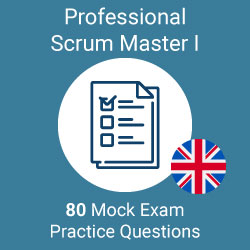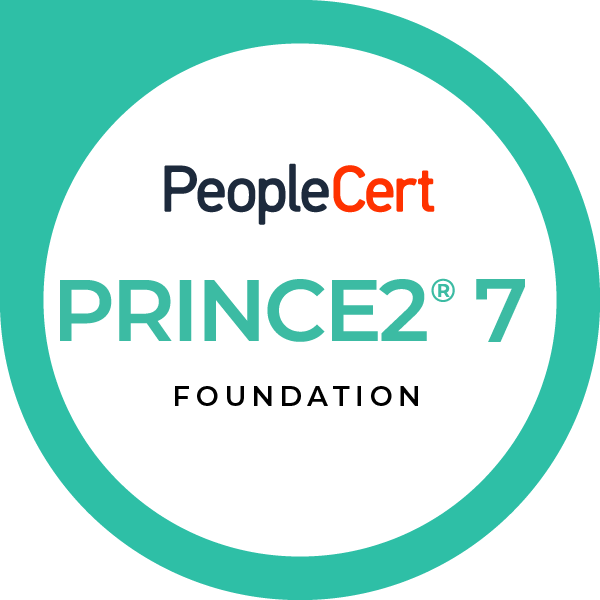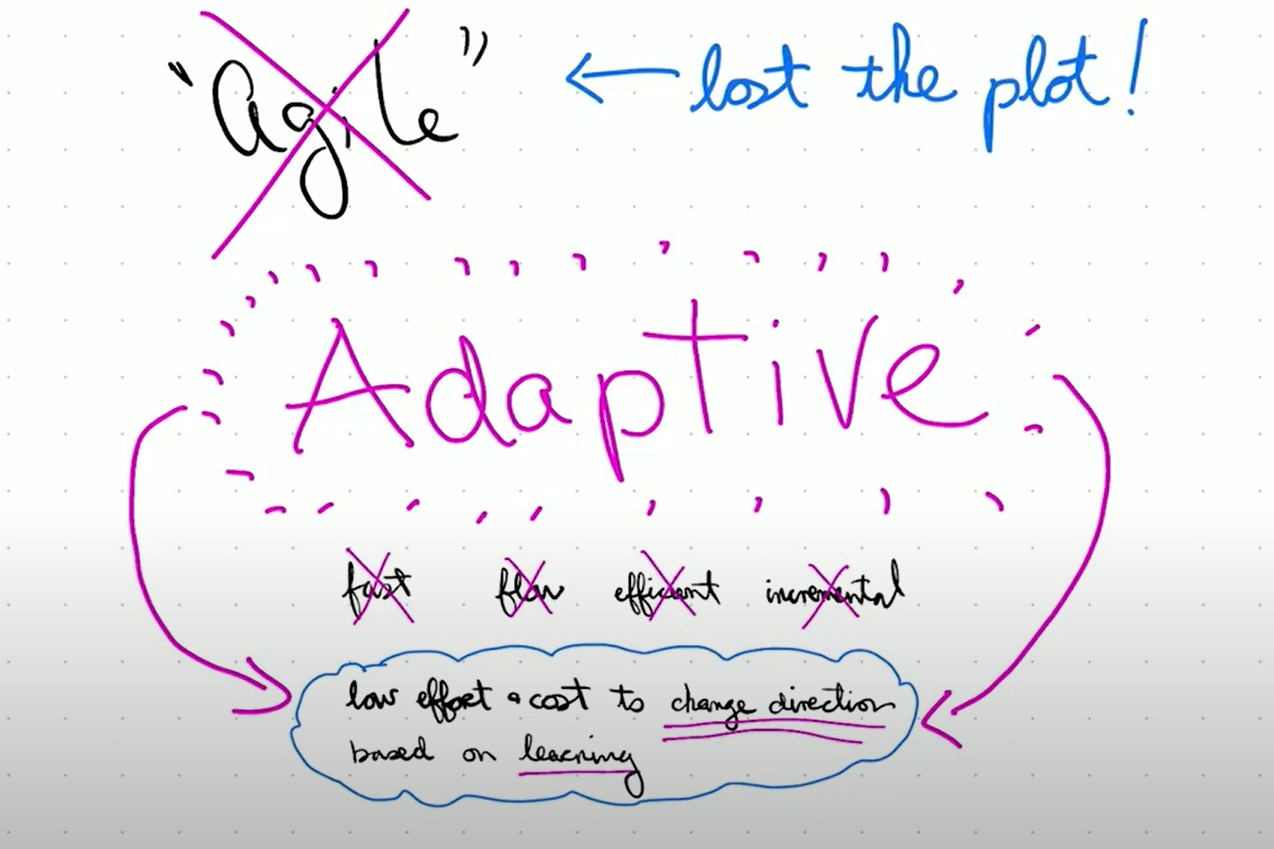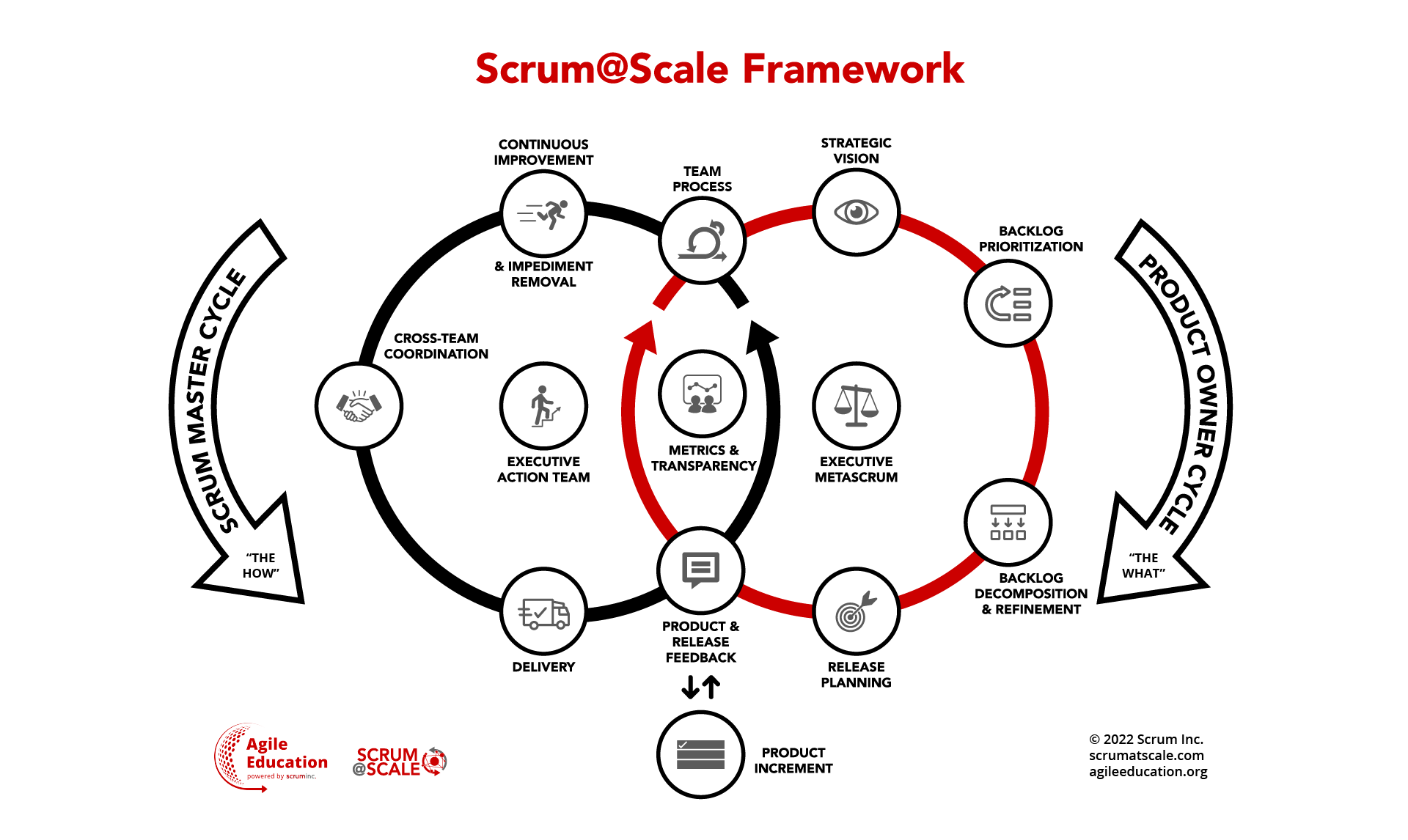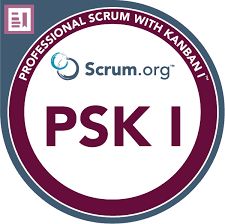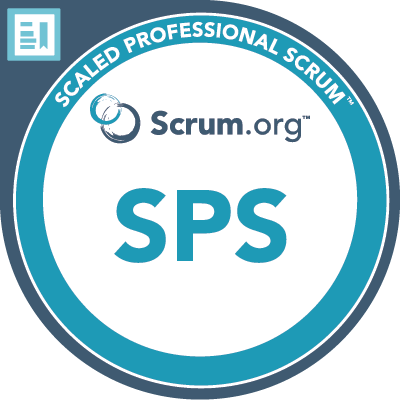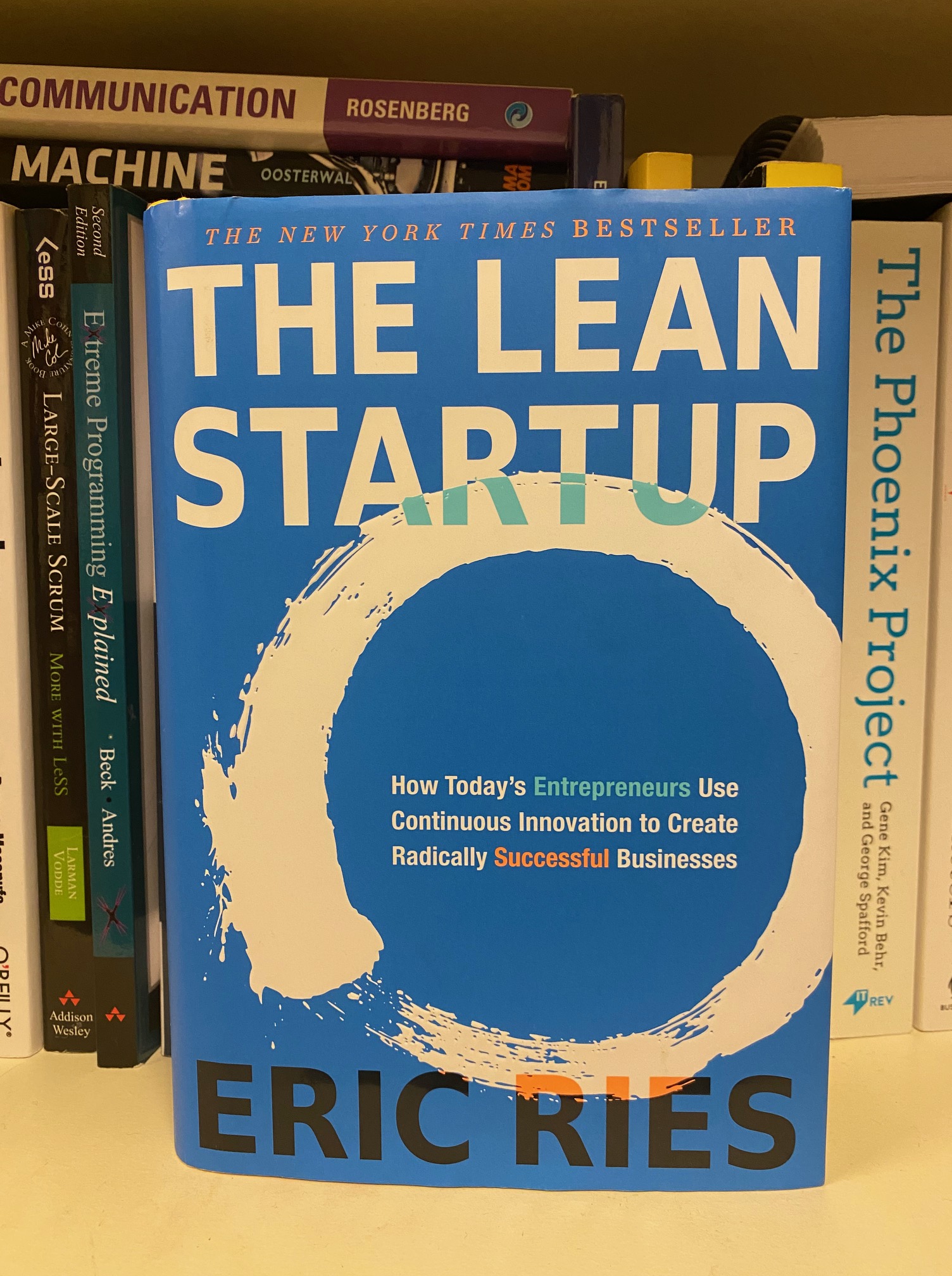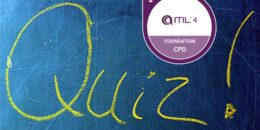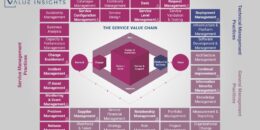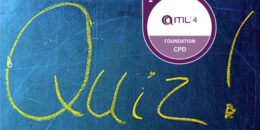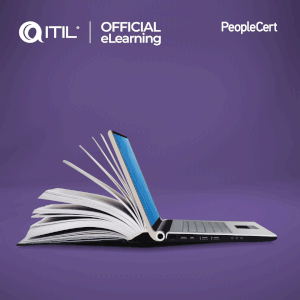
A long time ago in a galaxy far, far away…
The Scrum guide changed in November 2020!
Jeff Sutherland and Ken Schwaber joined forces once again to adapt the Scrum guide and make it leaner, cleaner, more focused and understandable to all.
But beware of the dark Agile lurking in the shadows of the enterprises…
Discover in this article the changes brought on with this new Scrum Guide version!
Ok. But what is the Scrum Guide and why should I care?
The Scrum guide contains the official definition of Scrum as defined by Jeff Sutherland and Ken Schwaber, its co creators. Basically, this short document explains to you all the basics that you should know and care about regarding Scrum. The Scrum guide has actually been constantly revised over the years and the earlier version before November 2020 was from 2017. If you would like to know more about the guide in general, you can refer to our Scrum guide article.
But what changed exactly and why should I bother?
Well, if you are a Scrum practitioner or plan to be, you certainly want to know what changed in Scrum to understand it best and be as close as possible to “true” Scrum and not what you have been used to by your colleagues, friends or company environment. But hey, no worry there. Scrum IS really a lightweight framework and it gained in simplicity with this 2020 edition. Heck yeah, the framework became even less prescriptive than it used to be.
Ok. I am hooked, tell me what has changed!
…but Scrum is still Scrum!
Hey? Really?
Yes, after having read it head to toe and providing you knew the earlier versions, you should come to the conclusion that Scrum as you knew it is still very much the same.
However, you will for sure notice subtle but impactful differences.
A biggie here: compared to the 2017 version, the Scrum guide reduced its number of pages from 19 to 13 – it is way much leaner.
Ok, ok….so besides reducing the number of pages, what changed?
So, let’s have a look at the biggest changes down there!
Top 10 changes on the Scrum Guide 2020
Here are 10 of the most significant changes that we see in this new Scrum guide:
There can be only one: The Scrum team
The concept of a development team within the Scrum team is now gone. There is only one team which exist now in Scrum and that is the Scrum team which comprises of developers, product owner and Scrum Master accountabilities (more on this below). This change was required to ensure a mentality and accountability of we (the team) rather than we (the developers in the development team) vs business (the PO and others). We succeed or we fail as one team. Oh yeah!
The 3 questions associated with the daily Scrum are no more
In the earlier version, the 3 questions to guide the daily Scrum were suggested as an example on how to conduct this event. Now, this has been removed all together as we want to give more leeway to the Scrum team to decide how to organize this event. After all, they are a self managing team.
No more product vision but a Product Goal
The concept of a product vision is now out and replaced by a product goal which is more tangible for people to grasp and understand. Building a vision can indeed be a fluffy thing but set up goals, who cannot do it?
Scrum Artifacts have now commitment
Tied to above point, the 3 official Scrum artifacts (Product Backlog, Sprint Backlog, Increment) now have their own commitment:
- The Product Backlog has the Product Goal
- The Sprint Backlog has the Sprint Goal
- The Increment has the Definition of Done (DoD)
Sprint goals and DoD existed earlier but the relationship with the Sprint Backlog and the Increment is now clearly stated. This will help the Scrum team to stay focus and put through strategic, tactical and quality work.
From self-organizing to self-managing
A subtle difference which is creating many debates on the meaning of those two words on various community platforms. We moved from self-organizing (the team owns the what and the how) to self-managing (the team owns the what, the how and the why). It does make sense as the Product Owner is part of this ONE team that is the Scrum team.
Roles are no more, but accountabilities are in
Another biggie, the roles have been removed and have instead be replaced by accountabilities. So yes, you can still find mention of a Product Owner, a Scrum Master and developers but those are now accountabilities within the Scrum team. This reinforces the concept of one team and one team only and should encourage more participative and collaborative work on the product. If I look at many teams I have worked with, it does make sense as the PO will often engage in work with the developers and the developers would also assist the PO in his/her work. Even more important, you do not want to have a manager to boss the team – we do not need any manager interfering with the team dynamics, that is what self managing is about!
Ensuring that all Scrum events take place and are positive, productive, and kept within the timebox
Of course, it should be the case but it is good to see this explicitly stated. If this is not happening or will not happen, why should we have a Scrum Master in a first place? Not positive, not productive, out of time boxes -> Time to send your Scrum Master to another Scrum course!
The rule to work on one improvement item at the next Sprint is gone
Another one, slightly shocking to us, although it often reflects the reality of many Scrum teams: “the most impactful improvements are addressed as soon as possible. They may even be added to the Sprint Backlog for the next Sprint.” It is not a must anymore to have one improvement to work on for every Sprint. This is what we were talking to you about being less prescriptive…
Definition of Ready (DoR) is gone!
In the previous Scrum Guide version, the definition of ready (DoR) was elicited as a possible practice. As Scrum intends to be leaner, less prescriptive and gain in clarity, this practice is now gone. It still is a good practice and we uphold it as ScrumInc. trainers! 😉
Explicitly state that the Sprint Review should not be a gate in releasing value
Directly copying from the guide here:
Multiple Increments may be created within a Sprint. The sum of the Increments is presented at the Sprint Review thus supporting empiricism. However, an Increment may be delivered to stakeholders prior to the end of the Sprint. The Sprint Review should never be considered a gate to releasing value.
Well said and well done…
No more “Scrum is easy to understand, difficult to master”
Well, if someone is telling you that it is difficult to master something, are you still game? 😉
Is that it? Is it all said and done?
No, no, wait.. There are others…
Other changes in the Scrum guide
Some other minor but still noteworthy changes:
- There is now a sentence on Scrum Guide history!
- No more mention that Scrum is made up of events, roles, artifacts and rules which bind them together
- Mention why the term developer is used and recognize its software background
- A high level, 4-step description of how Scrum works
- Clear mention that Scrum is only a framework, purposefully incomplete!
- Clear mention of the Sprint as container and official event
- The SM is accountable for the team effectiveness. Go go Scrum Master!
- Talk about cumulative flows diagrams
- Clear mention that the PO could work as Developer
Wow, thank you Value Insights, you are amazing!
Yes, we know thank you. If you like us, do not hesitate to leave us a comment, visit our LinkedIn, Facebook pages or YouTube channel!
But wait… Where can I find the Scrum guide?
As usual, it is at Scrum Guides.org – and no, you do not need to thank us again! 🙂
In any case, we hope that this article helped you to understand some of the most important changes brought by this version and we would be happy to hear your good or bad opinion on it so feel free to leave us a comment!
Download our PSM-I practice exam question pack
You can download our hand-crafted Professional Scrum master I (PSM-I) practice exam questions and answers package as well. The questions are based on the latest 2020 version of the official Scrum Guide and resemble the actual questions you might get during the official exam. The packages includes 80 carefully written questions and their answers.
If you want to make sure that you have done the best possible preparation, do not hesitate to request the PDF file by placing your order with the button below. You can pay with PayPal and Credit / Debit Card, and you will receive the email with the download link directly after the payment.
If needed, you can also print the mock exam questions in high quality for practicing offline.


